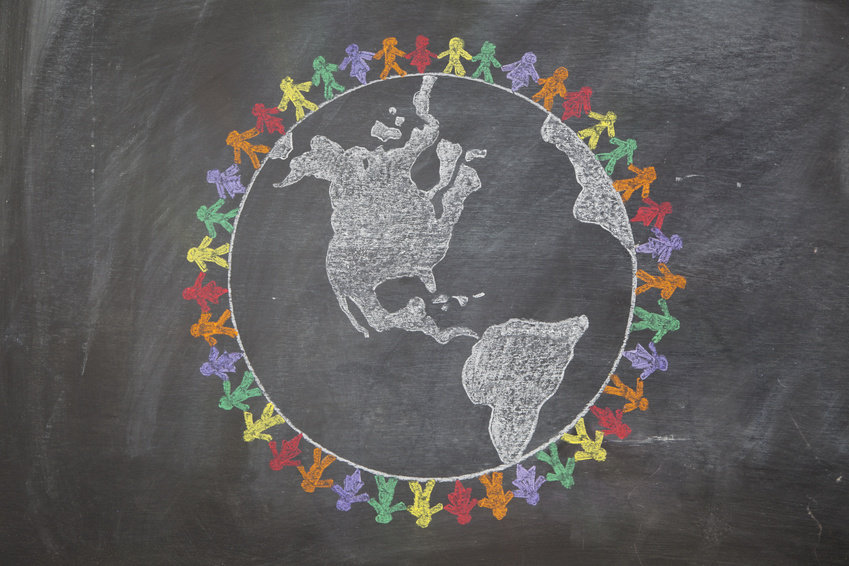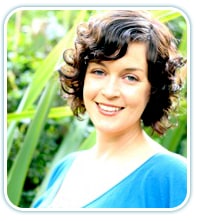April 14th, 2016

We are pleased to have our guest blogger, and favorite educator, Abby Wills, contributing to this week’s blog. Abby and her team at Shanti Generation have been steadfast with their drive and passion to promote the teaching of mindfulness to teens in our schools. In this week’s blog Abby shares with us some helpful techniques whether you are a teacher/educator, or are the parents of a teen, or simply want to hone your skills in being more mindful in your life. Shanti Generation is also looking to raise funds to support the mindfulness for teens project. So, please be sure to visit their site and show your support: https://www.crowdrise.com/ShantiGSoulCycle
Teen mindfulness practices work best when offered in context of the specific developmental needs of adolescence. It is not unusual for teens to feel anxious when beginning mindful practices. While visualization is not a traditional practice of mindfulness, the simple practice given here is supportive of the teen mindfulness process. Consider the chalkboard visualization as a scaffold to your teen mindfulness program. This visualization was born in response to young teens expressing their challenges with practicing mindfulness due to overactive minds.
Generally, I guide students to allow thoughts to come and go; to notice without judgement. With practice, many students are able to disengage from active thinking and simply watch the mind. However, for some teens, this practice can induce anxiety based on a belief that if they let go of thinking, they will forget important information. Teens have shared with me some of their mental habits of keeping constant checklists and ceaselessly reminding themselves to stay aware of particular aspects of their image or social status. To let all of that go, even for a moment, can feel threatening to their identity. Who am I without all of these thoughts? Who will I be if I don’t hold on to these thoughts? What will happen if I let these thoughts go?
The imagery of this visualization first allows students to unpack the contents of their minds, one thought at a time, and to get a visual overview of their thinking. Then, students can experience that they are still intact even after imagining those thoughts dissolve.
This activity can be done seated cross-legged on the floor or in chairs. Check out our post here for tips on guiding your students into seated positions.
Chalkboard Visualization for Tweens and Teens
Close your eyes and enjoy a few slow, relaxing breaths. Inhale fully. Exhale, relax into your body.
Now, in your imagination, picture an old school type of black chalkboard with a metal frame and metal chalk tray. Imagine the chalkboard is very big, the size of an entire wall in a large classroom. The chalkboard is empty and clean.
In the chalk tray, picture several different colors of unused chalk; blue, green, white, yellow, pink, whatever colors you choose. For the next few minutes, imagine yourself writing or drawing pictures of your thoughts on the giant chalkboard. As a thought arises, put in on the board. Use as few or as many colors of chalk as you wish.
You don’t need to try and find thoughts, simply write the thoughts that come naturally to your mind.
Give a minute or two to continue the visualization. Give students reminders every 30 seconds to try and stay with the exercise.
Now, put the chalk down and step back. Take a look at your chalkboard. How full is it? How much space is there? Imagine beside you a bucket of warm, soapy water. Reach in a find a large sponge, When you are ready, start from the top of the chalkboard and begin to wipe the slate clean. Imagine all of the chalk colors streaming down the board as it becomes sparkling and clean.
Get more soapy water if you need it. Continue to wipe the board until it is completely empty and shining.
Step back again and observe how it feels to have a bit of space in your mind. As thoughts arise, see them come and see them go.
Use this visualization anytime you need to clear your mind and find a space of openness and peace.
If you would like to be a part of Shanti Generation’s mindfulness for teens project, please show your support by donating to their upcoming fundraiser as either a participant or donor. https://www.crowdrise.com/ShantiGSoulCycle

Abby Wills, MA, E-RYT
Shanti Generation, Co-Founder, Program Director
Abby brings her passion for developmental education and deep respect for the tradition of yoga to her work guiding youth and teachers in contemplative arts. Abby’s approach is informed by studies in social justice and democratic education at Pacific Oaks College, as well as two decades of training in yoga.
